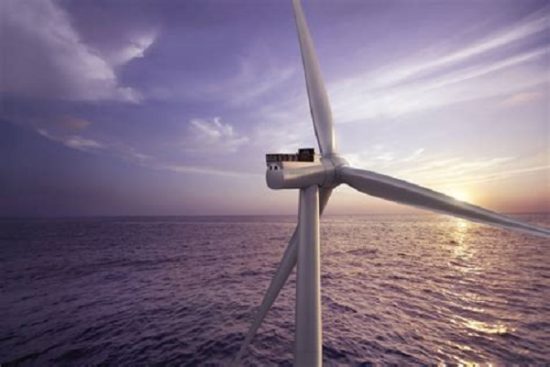- Course No E – 1359
- PDH Units 2.00
No data found for Custom Course Number
No data found for Custom Course Units
- Course No E – 1359
- PDH Units 2.00
Intended Audience: Environment, civil, and mechanical engineers
PDH UNITS: 2
The content of this course is a document written by Mary Rock and Laura Parsons at The Environmental and Energy Study Institute (EESI). Permission to use this document has been provided by EESI. This course introduces the basic principles of proposed US offshore wind facilities. The course summarizes a study conducted by EESI of existing European and Asian offshore wind farms, and potential visitors to and residents of likely US offshore wind farm sites. Although land-based wind turbines are prevalent in the United States, there are no offshore wind farms in U.S. waters. The topics addressed include technical issues related to marine foundations and structures, transmission issues unique to offshore power generation, political and regulatory issues related to offshore and state jurisdictions in coastal areas and public perceptions of proposed offshore wind farms. Offshore wind turbines harness the energy of ocean winds and turn it into electricity. Although land-based wind turbines are prevalent in the United States, there are no offshore wind farms in U.S. waters. However, projects are under development in the wind-rich areas of the East Coast, Great Lakes, and Pacific Coast. Offshore wind energy can help meet multiple state and national goals, including reducing energy imports, reducing air pollution and greenhouse gas emissions, meeting renewable electricity standards, and creating jobs and local business opportunities. This course demonstrates that offshore wind energy has been successfully implemented in other parts of the world and that the potential for wind farms in U.S. waters is favorable.
Learning Objectives
At the successful conclusion of this course, you’ll be able to identify and discuss:- Awareness of Existing European and Asian Offshore Wind Farms
- Awareness of the Basic Principles of Offshore Wind Energy
- Awareness of the Areas of the Geographic Areas of the United States that are Candidates for Offshore Wind Farm Locations
- Awareness of Public Concerns About Offshore Wind Farms Relating to Tourism, Property Values and Local Economies and Jobs
- Awareness of the Affects of Offshore Wind Farms on Navigation and Military Activities
- Awareness of the Affects of Offshore Wind Farms Commercial Fishing and, Birds and Bats
Once completed, your order and certificate of completion will be available in your profile when you’re logged in to the site.
Ethics Courses

E – 1775 “Conflict of Interests” Corrupts Engineering and Endangers Public Safety- The Case of the New SAS Bay Bridgeby Dr. Abolhassan Astaneh-Asl, Professor Emeritus. Ph.D., PE

E – 1865 Engineering Ethics: The Cases of Challenger and Columbia Shuttle Disasters; “Hold Safety Paramount” to Prevent Loss of Lifeby Dr. Abolhassan Astaneh-Asl, Professor Emeritus. Ph.D., PE










